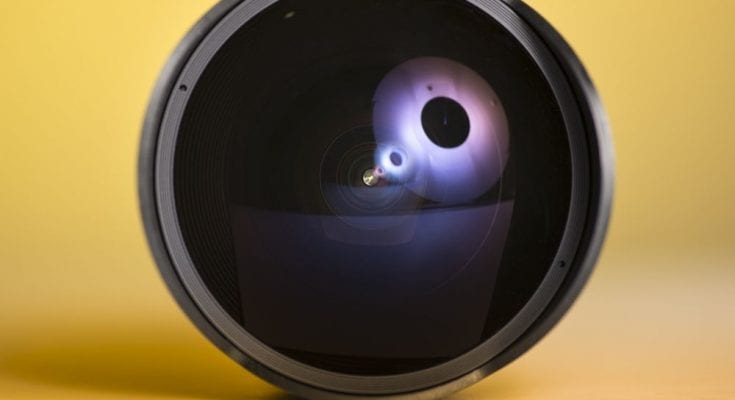Whether you recently bought a fisheye lens or have recently considered getting one, an ultra-wide-angle camera lens has many different uses. If you’ve ever tried one before, you know why fisheye lenses are awesome for producing unique images that you can’t achieve with a standard lens. While the most common uses for a fisheye lens are typically experimental photography, you can use them for your professional work too. Keep reading to find out how to get the most out of your fisheye camera lens.
What Is a Fisheye Lens?
A fisheye lens is an ultra-wide-angle camera lens with a 180-degree field of view. It makes straight lines appear curved and typically projects a circular image, although you can find ones that create rectangular frames. The name comes from how we think fish perceive the world.
Play With Distortion
The main reason you should use a fisheye lens is to play with distortion. The most common use for fisheye lenses is playing with the lines in the frame. You can distort the horizon line by aiming the camera toward the ground. Further, you can play with the lines of architecture and remove distortion.
Panoramic View
The 180-degree field that a fisheye lens allows gives you a panoramic view. When using this extremely wide perspective, you should avoid scenes with objects that may distort on the edges. A minimalist landscape works best for this type of photography.
Take Experimental Portraits
Though it is not the most popular camera lens for portrait work, you can use your fisheye lens for all types of photography. You can take interesting portraits that bring the viewer closer to the subject when you use a wider lens. The results are often whimsical and can borderline on comical, depending on how you set up the shot. Fisheye lenses are ideal for photographing portraits of cute subjects such as:
- Babies
- Pets
- Kids
- Toys
- Plants
The most common uses for a fisheye lens include capturing a wide angle and playing with distortion. You can take pictures of any subject or landscape with a fisheye lens and produce experimental and professional images. The quality of your photography will depend on your skill and your lens.



